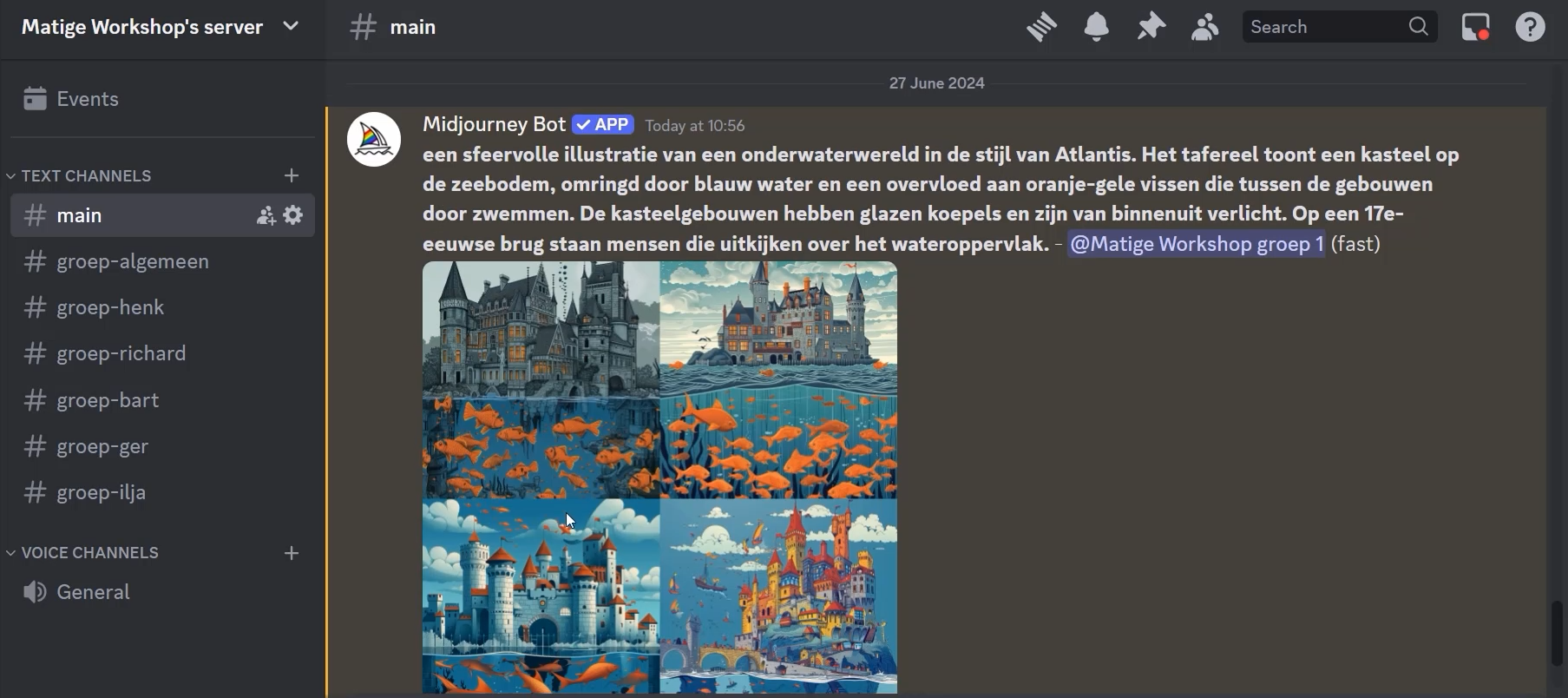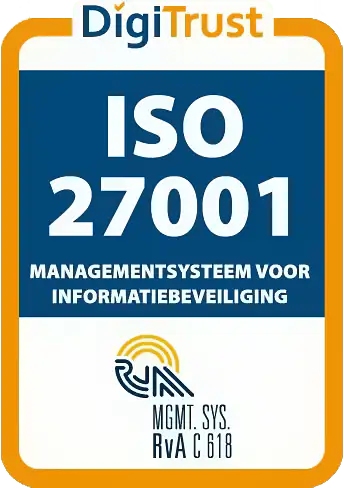How can a quality expert use artificial intelligence in their work? What are the benefits, possibilities, and pitfalls? What skills do they need? David Kluver, pioneer of “Matige Kunst” and an insider in the AI world, shared his insights with the quality management community during our MasterClass “Working with AI.”
Legislation and Ethical Issues
There is a lot of uncertainty around the use of AI in daily work, with unresolved issues such as regulation, legislation, and ethical dilemmas. Questions arise about the intellectual property used by AI to create texts, workflows, procedures, and instruction charts. What about their rights and your own? Participants reflected on these matters, agreeing that these issues need to be resolved over time.
Ample Opportunities for the Quality Community
With rapid AI developments, missing out is not an option. There are numerous practical applications and opportunities for AI in quality management. David, who runs the creative enterprise Matige Kunst with Bas Keizer, provided insights into these possibilities.
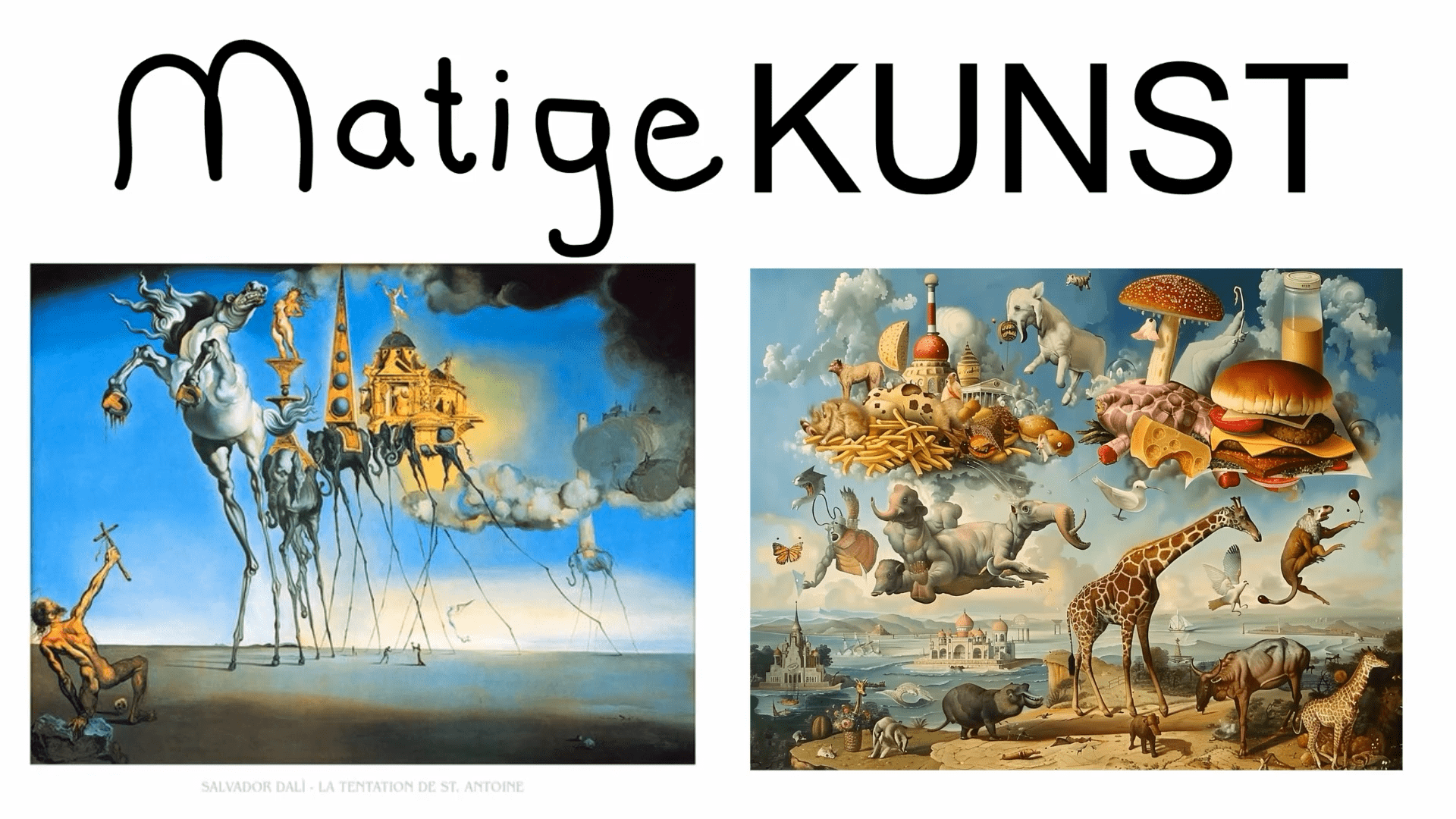
From Golem to Chess Computer
David noted that humanity has dealt with artificial intelligence for centuries, starting with the Golem, a mythical creature from Jewish tradition brought to life with written spells and messages. Early chess computers are also considered precursors to current AI models like ChatGPT and Midjourney.
Thinking Through the Lens of “What Do I Want to Create?”
David views AI as a tool to convey messages and push the boundaries of human imagination and creativity. He explained that as the feasibility of new ideas increases, good ideas will come more easily. “You no longer think through the lens of ‘What can I make?’ but ‘What do I want to make, and how do I get there?’”
Converting Procedures into Flowcharts and Vice Versa
Quality experts have many creative ideas for working with AI, as seen during the MasterClass and breakout sessions. One idea is using AI to convert procedures into flowcharts and vice versa, catering to different preferences for reading procedures and instructions.
Risk Inventories and Risk Analyses
AI can help quality professionals create courses and questionnaires, allowing coworkers to acquire knowledge and be tested on it. AI can assist in literature research (including source citation), risk inventories, writing risk analyses, drafting annual reports, registering complaints, incidents, and health and safety matters—all requiring extensive typing. AI can also perform automatic grammar checks.
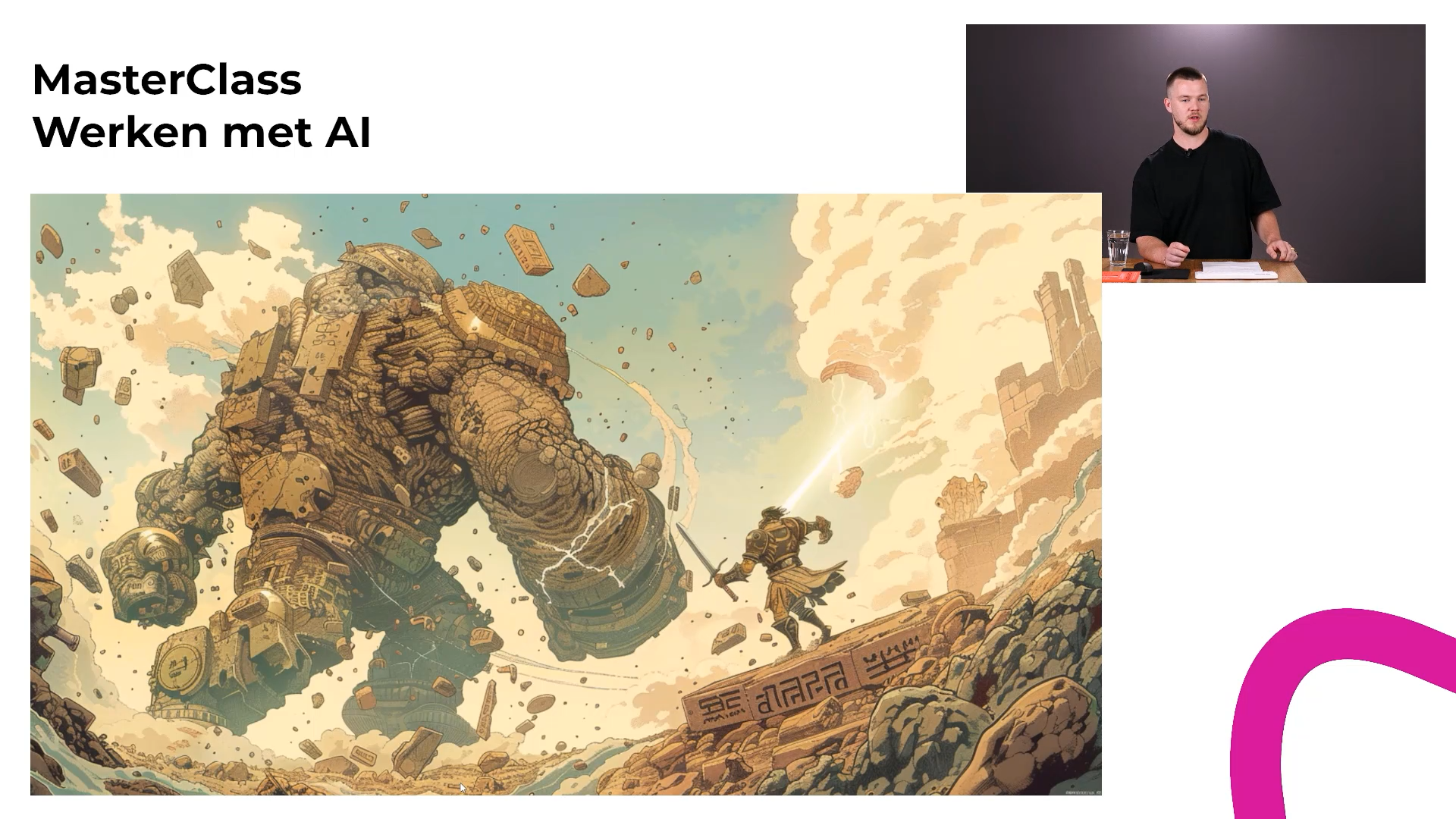
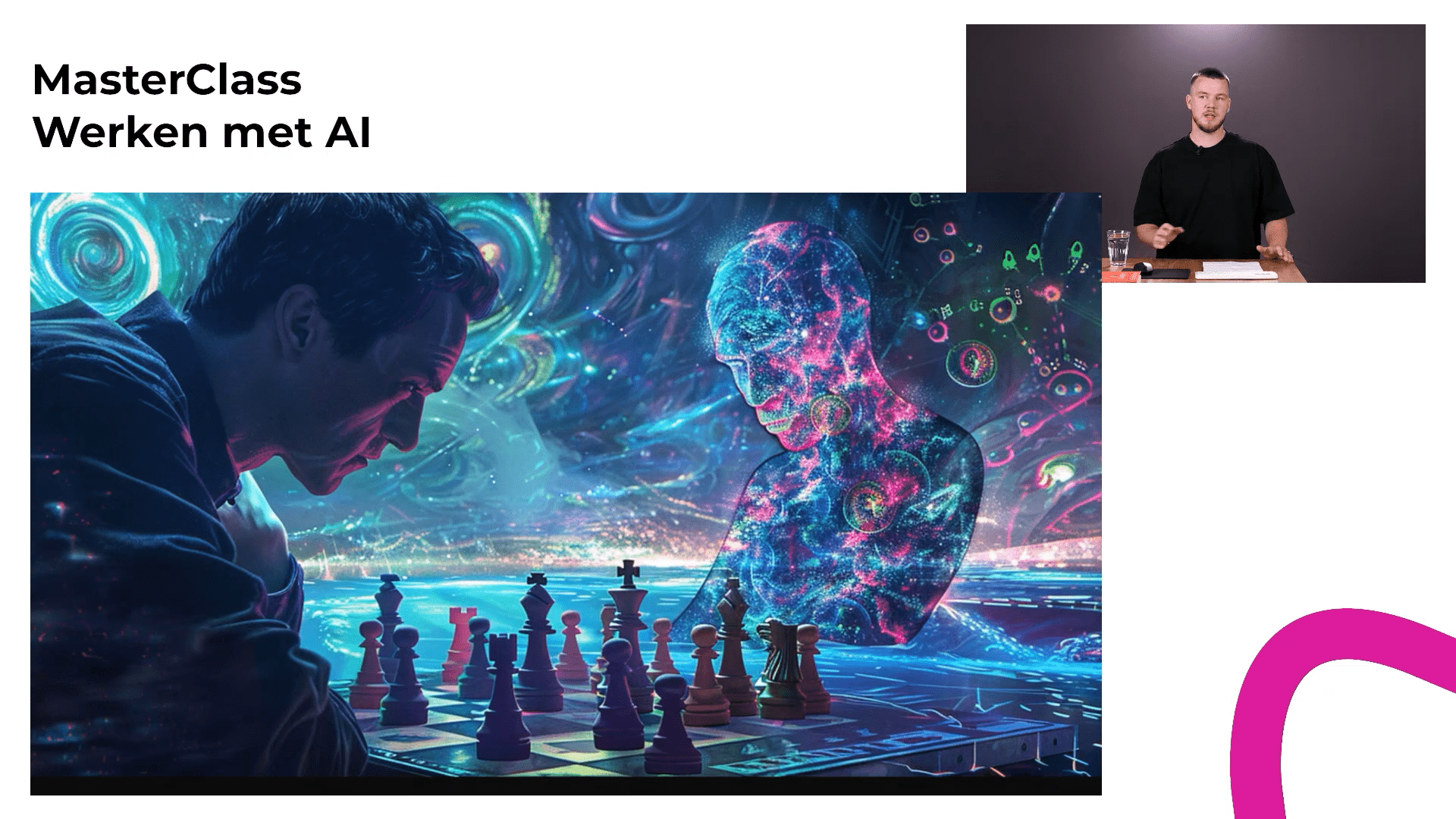
Struggling with Intellectual Property and Copyright
AI enthusiasts should be cautious about who owns the work created with AI. Questions arise about intellectual property and copyright. How do we handle ethical issues? AI can use your input for other people’s prompts, raising concerns about the use of sensitive information.
Concerns and Critical Notes
MasterClass participants expressed their concerns. “It’s like the issue and the consequences of climate change we’re now confronted with. Many parties are involved, but no one can trace where the problems originate from.” Another participant noted, “We will benefit from AI until the tipping point when things can no longer be reversed.” There was also a debate about whether AI is the creator and thus the owner of a flowchart, illustration, or document, or if it is the person who provides the prompt. One participant firmly stated, “The artist is the owner. The brush is AI and should be seen as a tool that does not work without input.” Others viewed AI as a development with both positive and negative aspects.

Call for Legislation
David highlighted the rapid development of AI, so fast that even the developers of ChatGPT are calling for legislation. There is significant legal uncertainty about ownership and responsibility for the resulting work. Other people’s input is being used, creating a large grey area regarding copyright and ownership. Additionally, AI has a detrimental impact on the environment. David noted, “Each message generated by ChatGPT produces 0.5 grams of CO2 emissions. Consider how many AI models are in use now.”
Therefore, when using AI tools, remember to consider:
- Regulation
- Copyright
- CO2 emissions
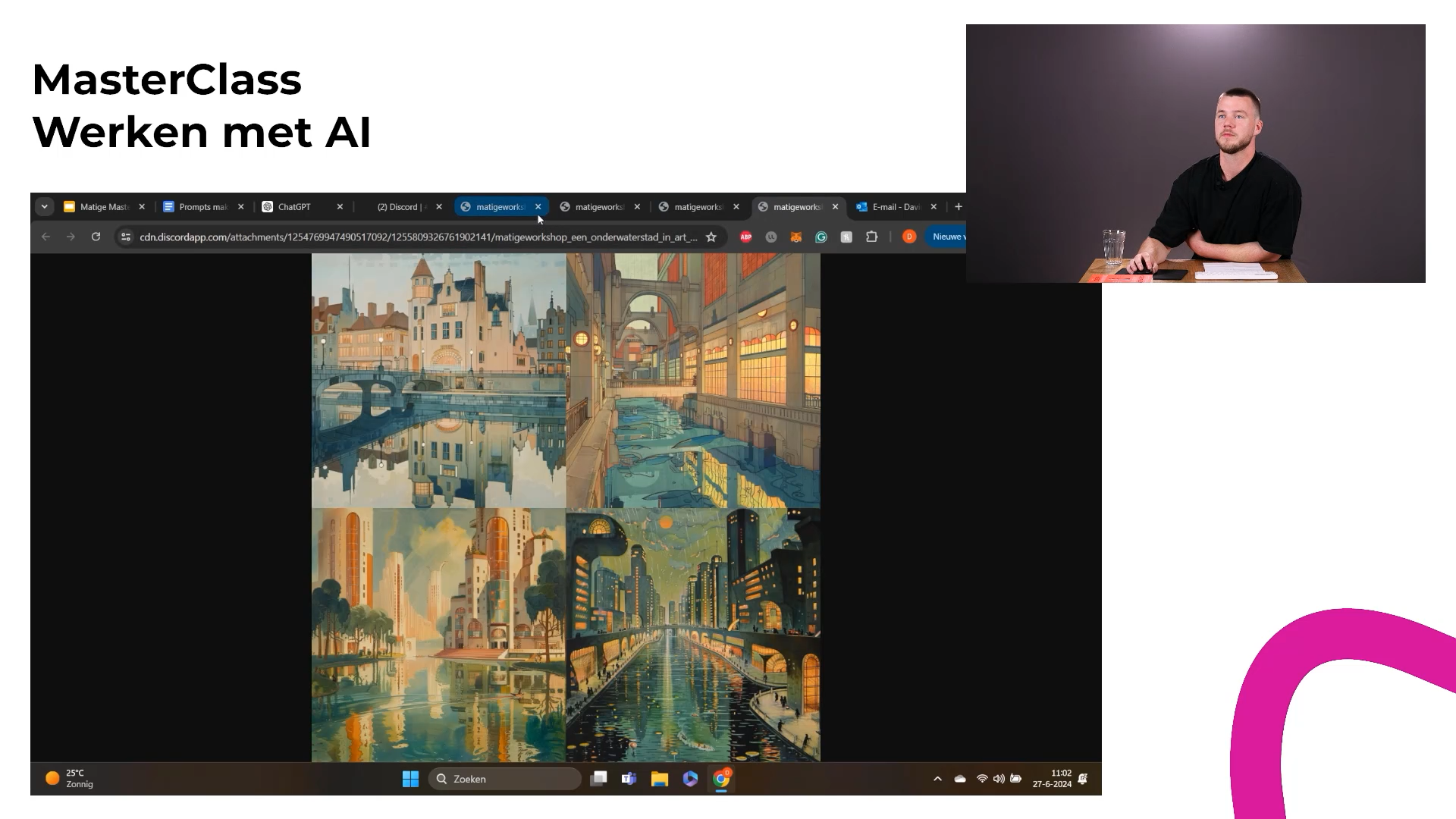
Formulating Clear Prompts
The successful use of AI in quality management depends on the creativity of its application. The AI model returns what is put into it. The more creative and explicit the prompt, the more useful the result. David emphasized, “It’s essential to formulate your idea, question, or problem as clearly as possible. The context you provide is crucial for the final result. With a good prompt, you can generate a lot of information on various topics, saving time by outsourcing tasks to the tools.”
Spectacular Projects
Quality experts are surprisingly creative, as demonstrated by participants in the breakout rooms where they tested their prompts on Midjourney. The test was twofold: practicing making good prompts and communicating an idea with an AI model. This playful approach introduced them to AI’s possibilities, leading to some spectacular works.
Art and text generation is just one of the many possibilities AI offers. Are you interested in AI tools in your field? We are always looking for ManualMaster Trevally users to help us develop AI tools that improve your organization’s quality management practices. Share your interest or ideas at info@manualmaster.com, and we will get in touch.
